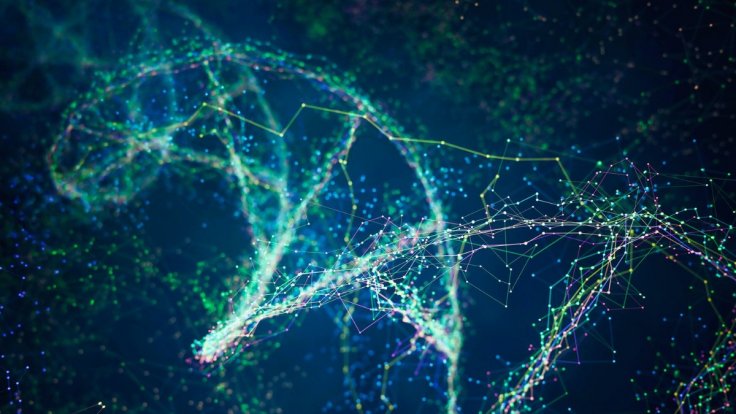Despite being very effective, the CRISPR gene editing method may cause significant damage to genome and could lead up to cancer in the long run, according to the researchers at Tel Aviv University (TAU).
The CRISPR genome-editing method is effective but it's not always safe and poses a serious risk.

The method clustered regularly interspaced short palindromic repeats (CRISPR) allows genetic material to be added, altered or removed at particular locations in the genome.
Method Has Been Effective To Treat Various Diseases
The method has been very effective and is used to treat a number of diseases including liver diseases, genetic syndromes, cancer and others.
The cheaper faster and more accurate method is more efficient than other genome editing methods but its technique is concerning as it could potentially change human genomes.
Risks In The Use of CRISPR Therapeutics
The new study by TAU shows risks in the use of CRISPR therapeutics.
Investigating the impact of this technology on T-cells – white blood cells of the immune system – the researchers detected a loss of genetic material in a significant percentage, up to 10% of the treated cells. They explain that such loss can lead to destabilization of the genome, which might cause cancer, according to The Jerusalem Post.
The study, published in the journal Nature Biotechnology, entitled "Frequent aneuploidy in primary human T cells after CRISPR–Cas9 cleavage" shows that using single-cell RNA sequencing, we investigated genome editing outcomes in primary human T cells transfected with CRISPR.
11 days after transfection, 0.9% of T cells still had a chromosome 14 loss. Aneuploidy and chromosomal truncations are, thus, frequent outcomes of CRISPR–Cas9 cleavage that should be monitored and minimized in clinical protocols, according to Nature Biotechnology.
Researchers have claimed that the genome in our cells often breaks due to natural causes, but usually, it is able to repair itself, with no harm done. But when a certain chromosome is unable to bounce back, and large sections or even the entire chromosome are lost, such developments can destabilize the genome, which is seen in cancer cells.
Read more









